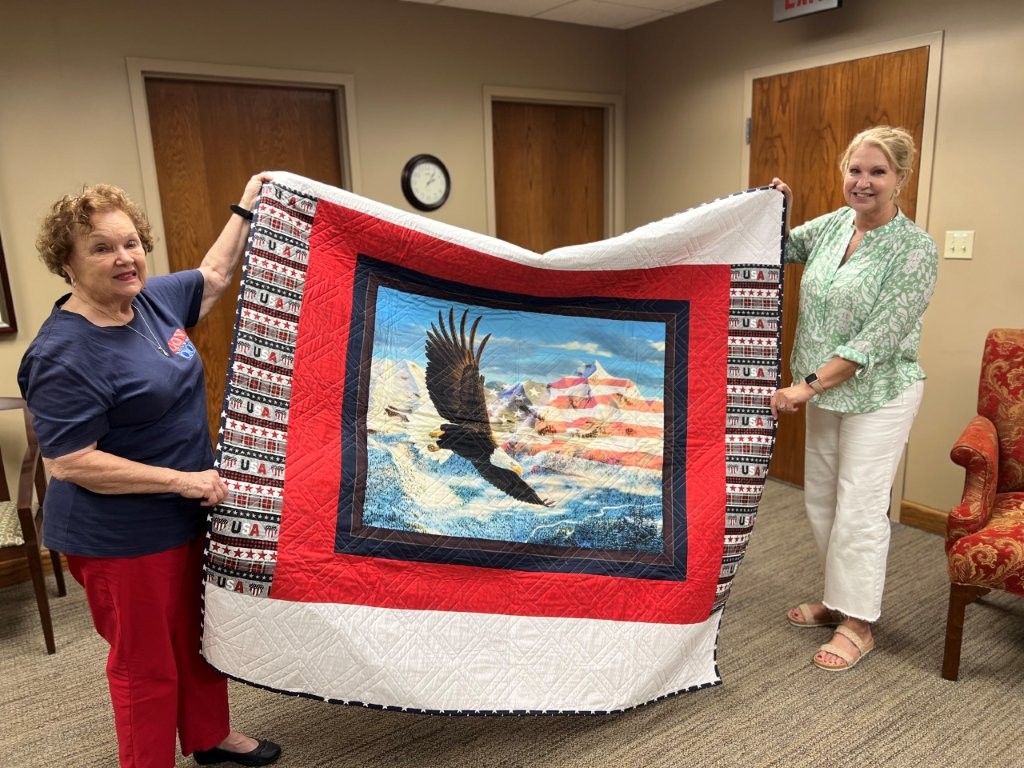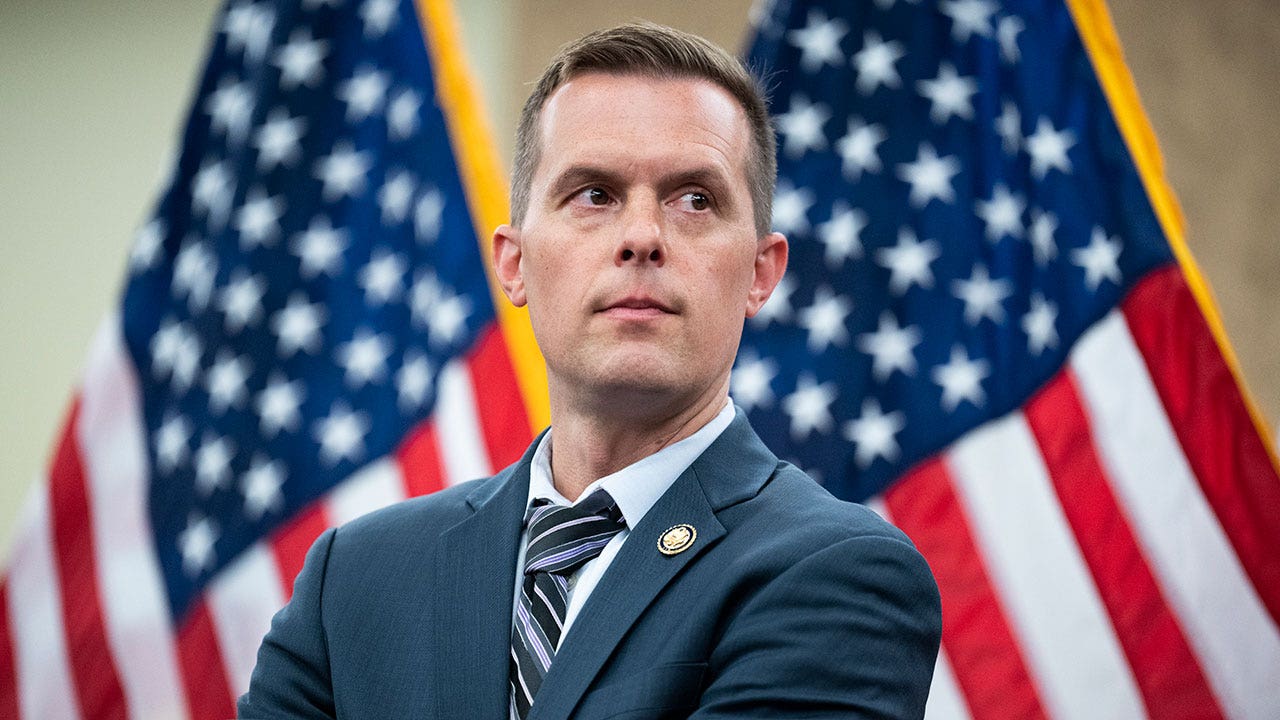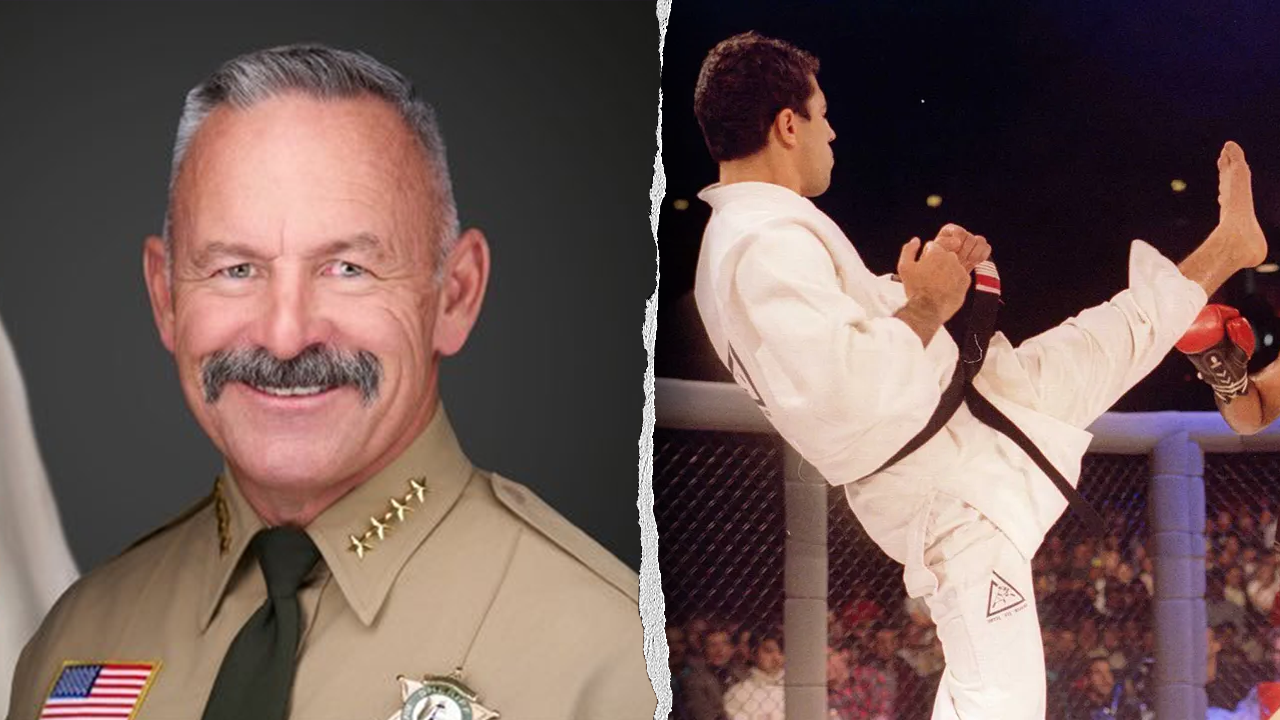Health
Horace Hale Harvey III, a Pioneer in Providing Abortions, Dies at 93

On July 1, 1970, one of the first independent abortion clinics in the country opened on the Upper East Side of Manhattan. New York State had just reformed its laws, allowing a woman to terminate her pregnancy in the first trimester — or at any point, if her life was at risk. All of a sudden, the state had the most liberal abortion laws in the country.
Women’s Services, as the clinic was first known, was overseen by an unusual team: Horace Hale Harvey III, a medical doctor with a Ph.D. in philosophy who had been performing illegal abortions in New Orleans; Barbara Pyle, a 23-year-old doctoral student in philosophy, who had been researching sex education and abortion practices in Europe; and an organization known as Clergy Consultation Service on Abortion, a group of rabbis and Protestant ministers who believed that women deserved access to safe and affordable abortions, and who had created a referral service to find and vet those who would provide them.
What distinguished Women’s Services — a nonprofit that first operated out of a series of offices on East 73rd Street and charged on a sliding scale, starting at $200 — was its counselors. They were not medical professionals, but regular women, many of whom had had abortions themselves. Their role was to shepherd patients through the abortion process, using a model of a pelvis to explain the procedure in detail, accompanying the women into the procedure room and sitting with them afterward. They also reported on the doctor’s performance. It was a model that other clinics would adopt in the months and years to come.
The clinic’s humane approach was in stark contrast to the attitude of many hospital personnel at the time, Jane Brody of The New York Times wrote in 1970. “Don’t make it too easy for the patient,” one administrator put it, summing up the hospital’s philosophy. “If it’s too easy, she’ll be back here in three months for another abortion.”
Women’s Services had some other unique features as well. The waiting areas were cheerfully decorated, with piped-in music, and the operating tables had stirrups cushioned with brightly colored pot holders, a flourish Dr. Harvey, who died on Feb. 14, had brought with him from his days working out of hotel rooms in New Orleans.
Unlike many illegal abortion providers in those pre-Roe v. Wade days, who made the process as bare-bones and speedy as possible in anticipation of a police raid, Dr. Harvey had not only softened the atmosphere of his New Orleans procedure room to make it less terrifying; he had also offered the women cookies and Coca-Cola afterward, to help them recuperate.
“Harvey’s conviction was that even a healthy patient would feel sick, in the face of a cold, sterile hospital environment,” Arlene Carmen and the Rev. Howard Moody, the leaders of Clergy Consultation Service, wrote in their 1973 book about the group, “Abortion Counseling and Social Change From Illegal Act to Medical Practice.” “Since abortion was not a sickness, the atmosphere associated with hospitals needed to be avoided.”
Dr. Harvey was 93 when he died at a hospital in the town of Dorchester, in England, after a fall, his daughter Kate Harvey, said. He had lived in England for many years.
Women’s Services opened with $15,000 in funding from Dr. Harvey. Ms. Pyle, who was the administrator, described in an interview the chaotic early days, as clients poured in from all over the country. The clinic operated from 8 a.m. to midnight, with personnel working two shifts. Ms. Pyle slept on a couch in the building. On average, she said, the clinic performed about 72 abortions a day.
Newspapers wrote glowing reports, singling out Dr. Harvey as an innovator. But after less than a year, Ms. Carmen and Mr. Moody, of the Clergy Consultation Service, discovered to their horror that Dr. Harvey had been operating without a medical license. He had surrendered it in 1969, after the Louisiana authorities learned that he was performing illegal abortions. He had to go, and quickly, before he jeopardized Women’s Services’ legal status.
Dr. Harvey had become an abortion provider to combat what he felt was an epidemic of unsafe abortions at a time when unmarried women were denied access to contraceptives, and when comprehensive sex education was discouraged. Low-income women suffered disproportionally.
As a teenager, raised as a conservative Christian, Dr. Harvey had gone through a period of soul-searching, concluding that he was an atheist. During the Vietnam War, he registered as a conscientious objector; instead of fighting, he worked as a health counselor at a Y.M.C.A. Later, in New Orleans, he set up an independent sex-education program, giving lectures, answering questions by telephone and handing out brochures on college campuses.
To Dr. Harvey, the importance of abortion was the idea of preventing “the loss of potential for women,” Ms. Harvey, his daughter, said. “It was a matter of principle to him.”
Horace Hale Harvey III was born on Dec. 7, 1931, in New Orleans into a once-prominent family that had developed what is known as the Harvey Canal, which became part of the Intracoastal Waterway in 1924. His father, Horace Hale Harvey Jr., was a gambler, and the family was poor; they moved around a lot as he tried various professions, including setting up a loan company. His mother, Florence (Krueger) Harvey, was a secretary.
Horace studied philosophy at Louisiana State University, earning a bachelor’s degree in 1955, and a medical degree there in 1966. In 1969, he received a master’s degree in public health and a Ph.D. in philosophy, both from Tulane University, in New Orleans.
Dr. Harvey moved to England after leaving the New York abortion clinic — a choice he made, his daughter said, because he approved of Britain’s National Health Service. He settled on the Isle of Wight, another considered choice: According to his research, it had the highest average temperature and received more hours of sunlight than anywhere else in England.
Dr. Harvey worked briefly in public health in his new country, advising on cervical cancer screening procedures, but spent most of his time researching aging — to prepare for his own old age — reading philosophy and attending to his duties as a landlord.
He had bought Puckaster Close, a rambling Victorian house, turning it into apartments that he renovated in a style as “quirky and characterful” as Dr. Harvey himself, his son, Russell, said.
In addition to his daughter and son, Dr. Harvey is survived by three grandchildren. His marriage to Helen Cox, a school headmistress, ended in divorce.

Health
Yes, You Can Eat Candy and Lose Weight—These Sugar-Free Picks Make It Easy

Use left and right arrow keys to navigate between menu items.
Use escape to exit the menu.
Sign Up
Create a free account to access exclusive content, play games, solve puzzles, test your pop-culture knowledge and receive special offers.
Already have an account? Login
Health
New pancreatic cancer treatment ‘wakes up’ immune cells, researchers say
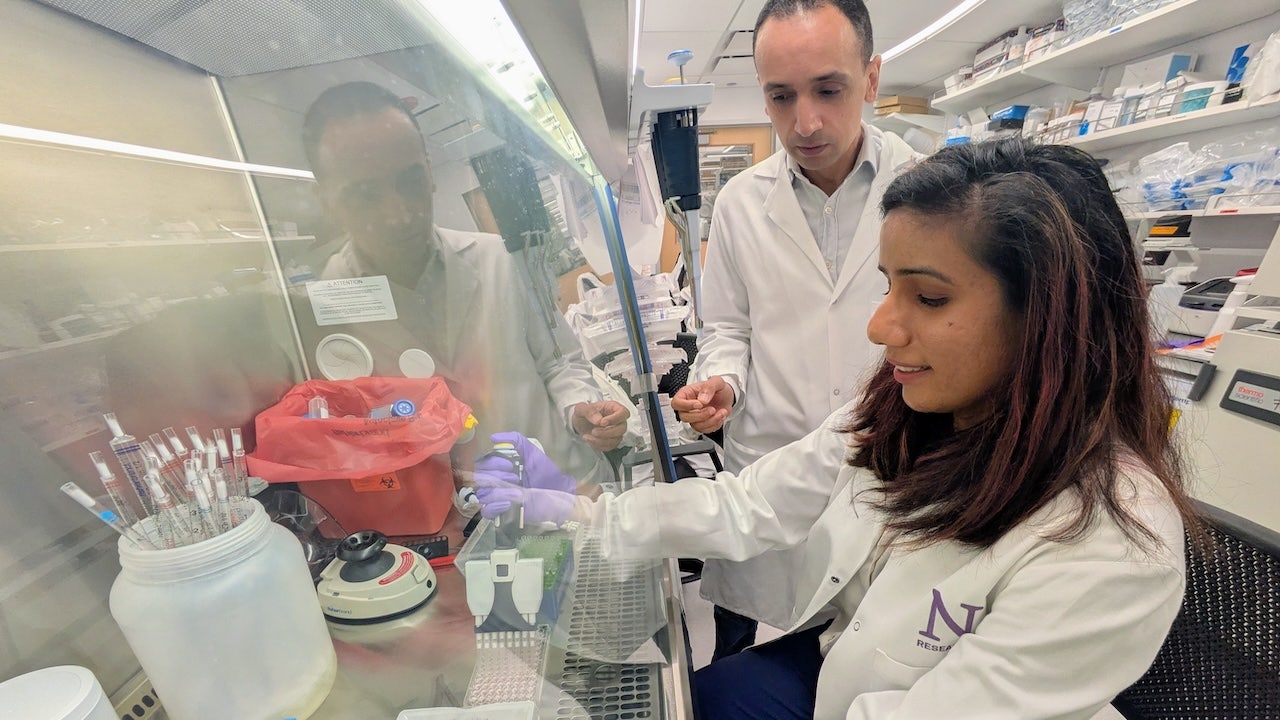
NEWYou can now listen to Fox News articles!
Scientists have created a new antibody treatment that helps the immune system recognize and attack pancreatic cancer.
Pancreatic cancer cells use a sugary “disguise” to trick the immune system into ignoring them.
Most current cancer immunotherapies target proteins or genes, but this new therapy focuses on the sugars on the cell surface, blocking them so that immune cells can find and attack the cancer, according to researchers from Northwestern University in Chicago.
CANCER VACCINE SHOWS PROMISE IN PREVENTING RECURRENCE OF PANCREATIC, COLORECTAL TUMORS
“Pancreatic cancer is notoriously good at hiding from the immune system, but we were struck that a single sugar, called sialic acid, can so powerfully fool immune cells,” senior author Mohamed Abdel-Mohsen, associate professor of medicine in the division of infectious diseases at Northwestern University Feinberg School of Medicine, told Fox News Digital.
“When tumors sugar-coat themselves with this molecule, it flips an immune ‘off switch’ on certain immune cells, essentially signaling, ‘I’m a normal, healthy cell; don’t attack.’”
Study authors Mohamed Abdel-Mohsen (top) and Pratima Saini (foreground) are pictured in Abdel-Mohsen’s lab. (Northwestern University)
In mice studies, the therapy was shown to be successful in blocking this sugar signal, “waking up” immune cells and slowing cancer’s growth.
In two mouse models, tumors treated with the antibody grew significantly slower than groups that did not receive the treatment, the study showed.
CANCER SURVIVAL APPEARS TO DOUBLE WITH COMMON VACCINE, RESEARCHERS SAY
These findings could pave the way toward testing in human groups, and could potentially be combined with chemotherapy and existing immunotherapies, according to the researchers.
The findings were published in the journal Cancer Research on Nov. 3.

Study senior author Mohamed Abdel-Mohsen is shown in his lab. “This is early-stage, preclinical research, not a treatment today, but it opens a new immune target in pancreatic cancer,” he said. (Northwestern University)
“This is early-stage, preclinical research, not a treatment today, but it opens a new immune target in pancreatic cancer,” said Abdel-Mohson.
Heloisa P. Soares, M.D., Ph.D., medical director of theranostics at Huntsman Cancer Institute and associate professor of internal medicine at the University of Utah, said this research is “encouraging” because it points to a new way of helping the immune system recognize and fight pancreatic cancer.
“Pancreatic cancer is notoriously good at hiding from the immune system.”
“It was surprising to learn that a protein usually responsible for helping cells stick together is also being used by pancreatic cancer as a hidden ‘do-not-attack’ signal,” Soares, who was not involved in the study, told Fox News Digital.
“The striking part was that when this signal was blocked, the immune cells woke back up and started attacking the tumor much more effectively — which suggests a promising new direction for treatment.”
CANCER TREATMENT COULD BE LESS EFFECTIVE IF PATIENTS CONSUME POPULAR SWEETENER
Pancreatic cancer is one of the most lethal forms of the disease. It’s usually detected at an advanced stage, leaving patients with limited treatment choices and a five-year survival rate of only about 13%, the researchers noted.
Unlike many other cancers, it often doesn’t respond to immunotherapy.
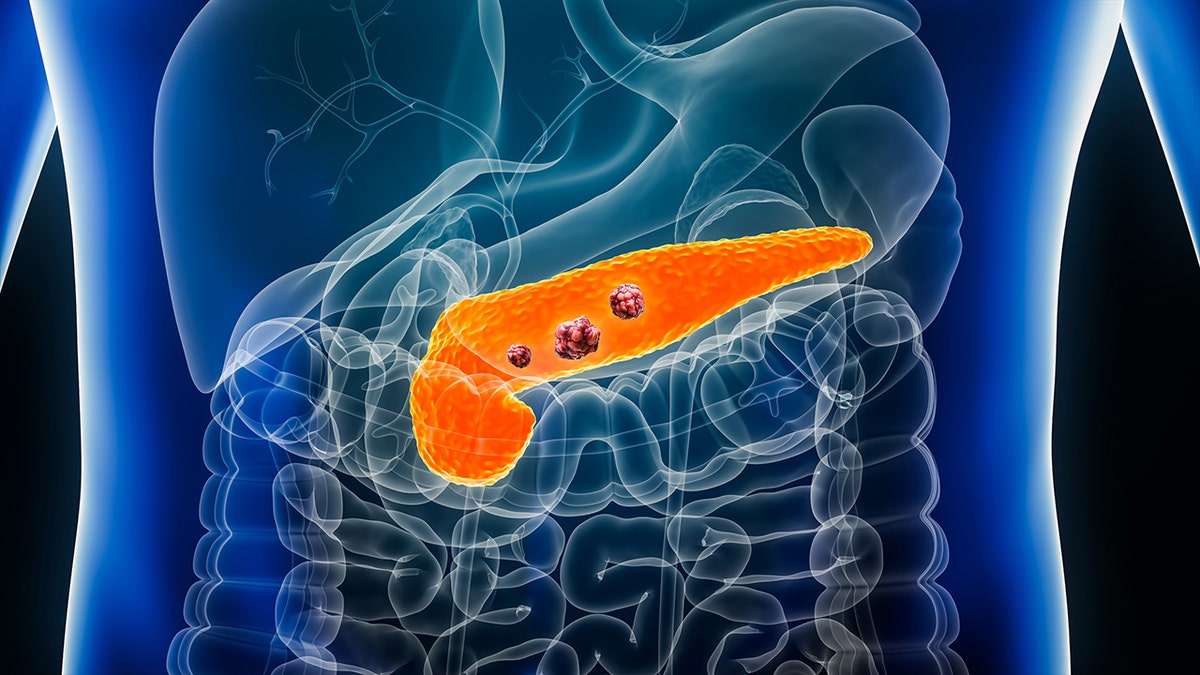
Pancreatic cancer is usually detected at an advanced stage, leaving patients with limited treatment choices and a five-year survival rate of only about 13%. (iStock)
“Pancreatic cancer is often diagnosed late, in part because it remains asymptomatic and is deep in the body,” Dr. Marc Siegel, Fox News senior medical analyst, told Fox News Digital.
“It is also difficult to treat because it doesn’t have many good immune targets and doesn’t mutate that much.”
CLICK HERE TO DOWNLOAD THE FOX NEWS APP
The study did have some limitations, the researchers acknowledged — primarily that the tests have only been conducted on animals thus far and there is not yet any human data.
“Animal models cannot capture all the complexity of human pancreatic cancer,” the lead researcher noted. “Tumors also use multiple escape routes, so this strategy will likely be part of a combination approach.”

After human trials, the researchers estimate that it could take about five years before the therapy would be available to patients. (Northwestern University)
The long-term safety and dosing parameters of the therapy are also unknown.
“We need clinical trials to see how effective this is in humans and whether it has a role in cancer treatments for this difficult and deadly cancer — but it is quite promising,” Siegel added.
CLICK HERE TO SIGN UP FOR OUR HEALTH NEWSLETTER
The research team is now working with clinicians at Northwestern’s Robert H. Lurie Comprehensive Cancer Center on next steps toward potential human studies, likely in combination with current chemotherapy and immunotherapies, according to Abdel-Mohsen.
“It’s a promising step forward, but not something that will change care overnight.”
“If future studies support it, this approach could be added to the toolbox against pancreatic cancer, likely alongside existing chemo-immunotherapy, not replacing what’s working today,” he told Fox News Digital.
After human trials, the researchers estimate that it could take about five years before the therapy would be available to patients.
TEST YOURSELF WITH OUR LATEST LIFESTYLE QUIZ
Soares added, “It’s a promising step forward, but not something that will change care overnight. Continued funding and participation in clinical trials are essential to keep this progress moving.”
CLICK HERE FOR MORE HEALTH STORIES
The study was supported in part by the National Institutes of Health.
Health
Carb Lovers, Rejoice! These 3 Pastas Can Actually Help You Lose Weight

Use left and right arrow keys to navigate between menu items.
Use escape to exit the menu.
Sign Up
Create a free account to access exclusive content, play games, solve puzzles, test your pop-culture knowledge and receive special offers.
Already have an account? Login
-

 Milwaukee, WI1 week ago
Milwaukee, WI1 week agoLongtime anchor Shannon Sims is leaving Milwaukee’s WTMJ-TV (Channel 4)
-

 News1 week ago
News1 week agoWith food stamps set to dry up Nov. 1, SNAP recipients say they fear what’s next
-

 Culture1 week ago
Culture1 week agoVideo: Dissecting Three Stephen King Adaptations
-

 Seattle, WA1 week ago
Seattle, WA1 week agoFOX 13’s Aaron Levine wins back-to-back Jeopardy! episodes
-

 Seattle, WA5 days ago
Seattle, WA5 days agoESPN scoop adds another intriguing name to Seahawks chatter before NFL trade deadline
-

 Austin, TX19 hours ago
Austin, TX19 hours agoHalf-naked woman was allegedly tortured and chained in Texas backyard for months by five ‘friends’ who didn’t ‘like her anymore’
-

 Education1 week ago
Education1 week agoOpinion | New York City Mayoral Candidates: Who Would Be Best?
-

 San Diego, CA1 week ago
San Diego, CA1 week agoAdd Nick Hundley, Ruben Niebla to list of Padres’ managerial finalists







